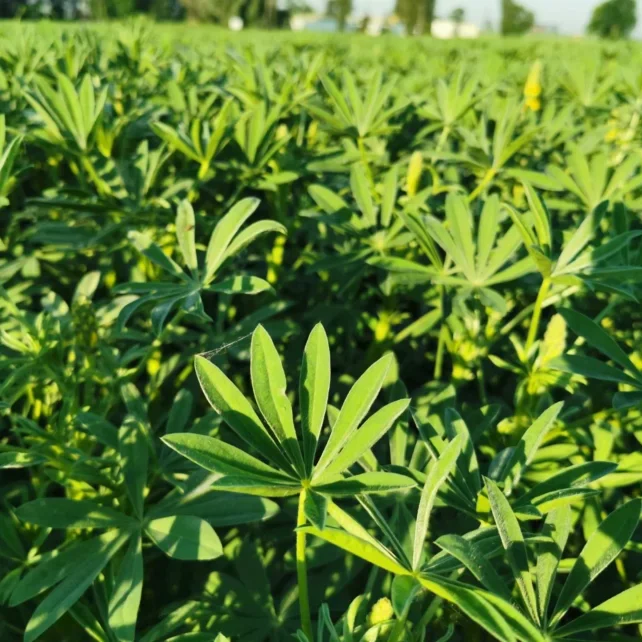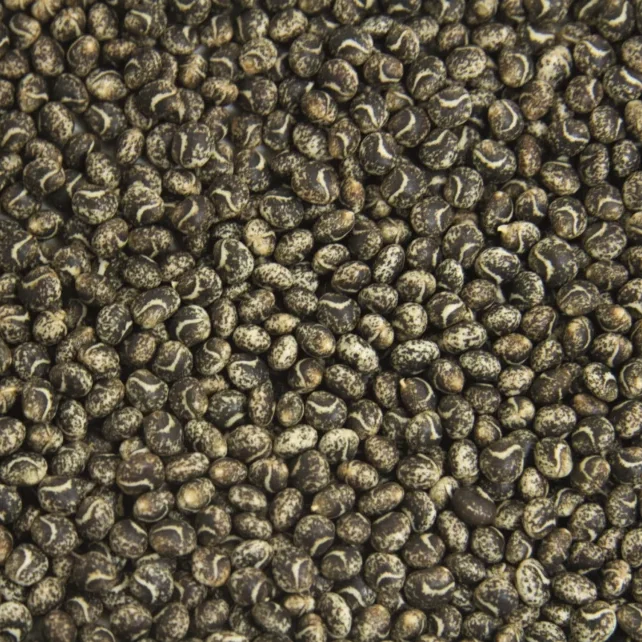




Special features of yellow lupine Baryt
- Very good quality parameters – high protein content, low alkaloid level, high crude fat
content. - Lowest crude fiber content.
- Low TSW.
Other information
- Medium-height plants with a mid flowering and ripening date.
- Yellow flowers, seeds with a characteristic „smile”.
- Very high yield potential (up to 110% of COBORU pattern).
- Good resistance to fusarium diseases and anthracnose.
- Tolerance to late sowing – flexible sowing date.
- It presents a low yield decrease under drought conditions.
- Lowest TSW among all varieties – low seeding costs.
- The results of the testing proved its usefulness in feeding piglets, fattening pigs and poultry; in the tested concentrates, lupine was substituted for post-extraction soybean meal, and it was also used in mixtures with blue lupine and peas.




Previous image
Next image
Utility and agricultural features:
Type of variety
sweet
Flowers color
yellow
Plant height
62 cm
Resistance to lodging after
flowering
7,8 high
Seed protein
43% DM
Alkaloid content
0,013% DM
Crude fat content
6,2% DM
Crude fiber content
14,7% DM
Uniformity of ripening
8
Soil requirements
low
TSW
126 g
Seed density (pcs per sq.m)
90-100 pcs
Disease resistance according to Coboru:
Fusarium wilt of lupines
8 very high
Anthracnose – pod formation
stage
8,3 high
Anthracnose – pod ripening s
tage
7,8 very high

